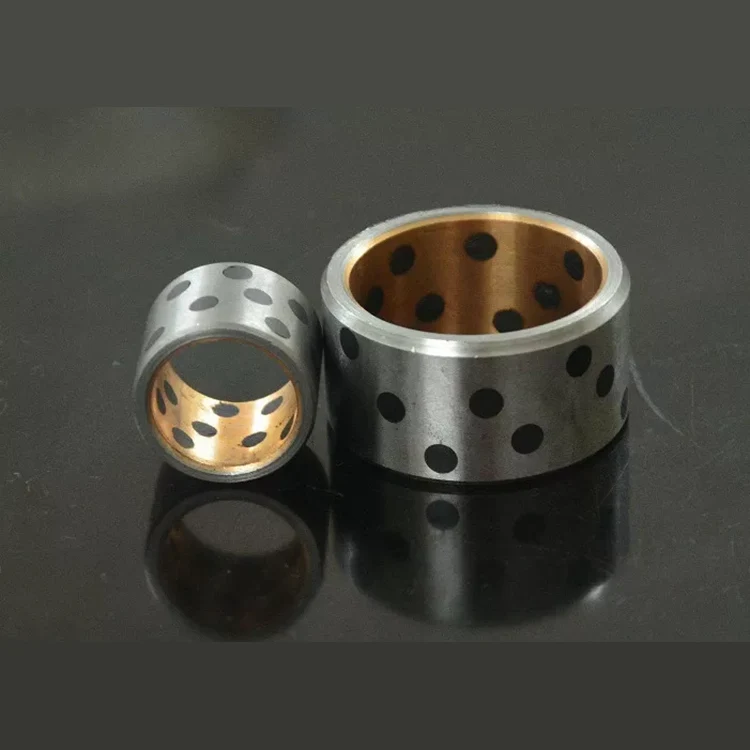How to Select the Right Steel Roller Bearing for Industrial Applications
2025-07-25
Choosing the right steel roller bearing isn’t just about size — it's about performance, longevity, and matching the bearing to your operating conditions. For engineers and maintenance teams, getting this right can mean the difference between seamless production and costly downtime.
What Makes a Steel Roller Bearing Ideal for Heavy-Duty Use?
Steel roller bearings are engineered to handle high radial and axial loads, especially in challenging environments like:
Manufacturing plants
Mining operations
Wind turbines
Construction machinery
These bearings are typically made from chrome steel (AISI 52100) or stainless steel for corrosion resistance. The choice of roller type — cylindrical, tapered, needle, or spherical — affects the bearing’s load direction and misalignment tolerance.

Factors to Consider When Choosing a Steel Roller Bearing
1. Load Type and Direction
Radial loads? Use cylindrical or spherical rollers.
Combined axial and radial loads? Tapered rollers are ideal.
2. Speed and Temperature Limits
Consider heat generation and lubrication needs — high-speed systems require precision tolerances and synthetic grease or oil baths.
3. Alignment Tolerance
For misaligned shafts or flexing systems, spherical roller bearings are a better fit.
4. Mounting & Maintenance
Use sealed bearings to reduce maintenance
Choose split bearings for easier replacement in hard-to-access areas
5. Environmental Conditions
Use stainless steel or coated bearings in corrosive or high-moisture environments
Look for sealed or shielded bearings in dusty or dirty locations
Pro Tip: Don’t Ignore Housing and Shaft Fit
Even the best bearing will fail if the housing and shaft tolerances are off. Always consult OEM specs or bearing catalogs for proper fits and clearances.
Steel roller bearings are workhorses in heavy-duty applications, and choosing the right one is critical to system performance and durability. Think of it not as a part, but as a strategic component of your machine’s long-term health.


